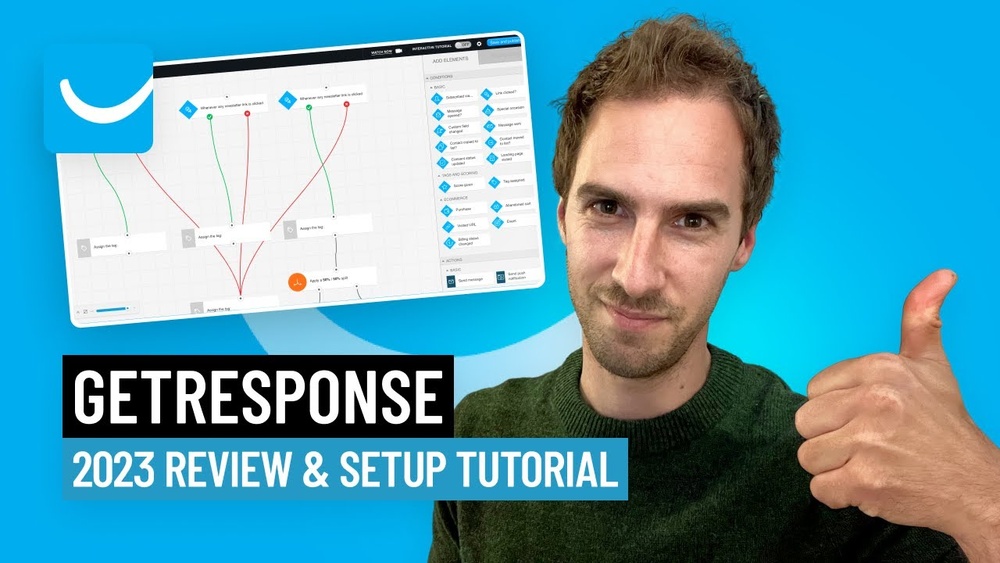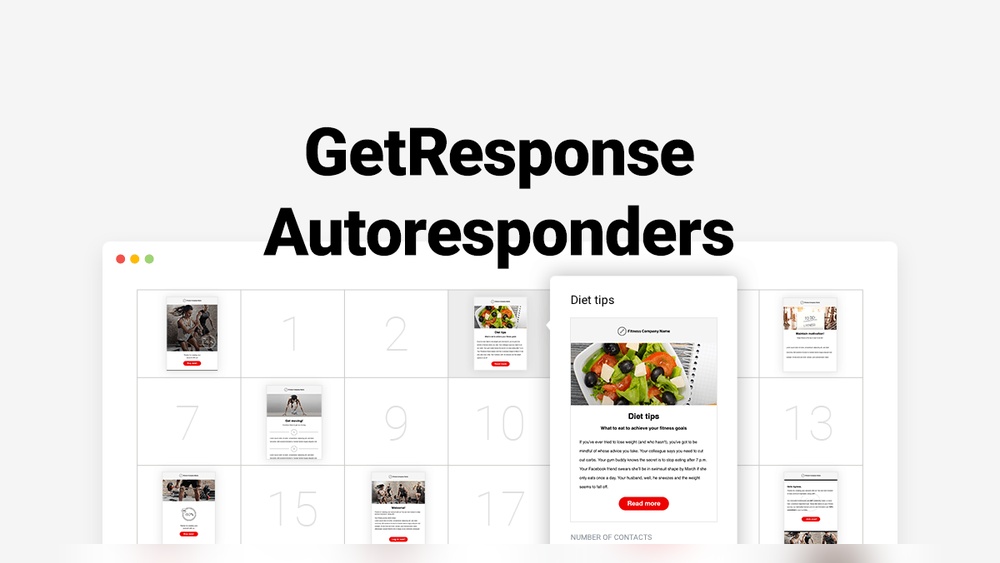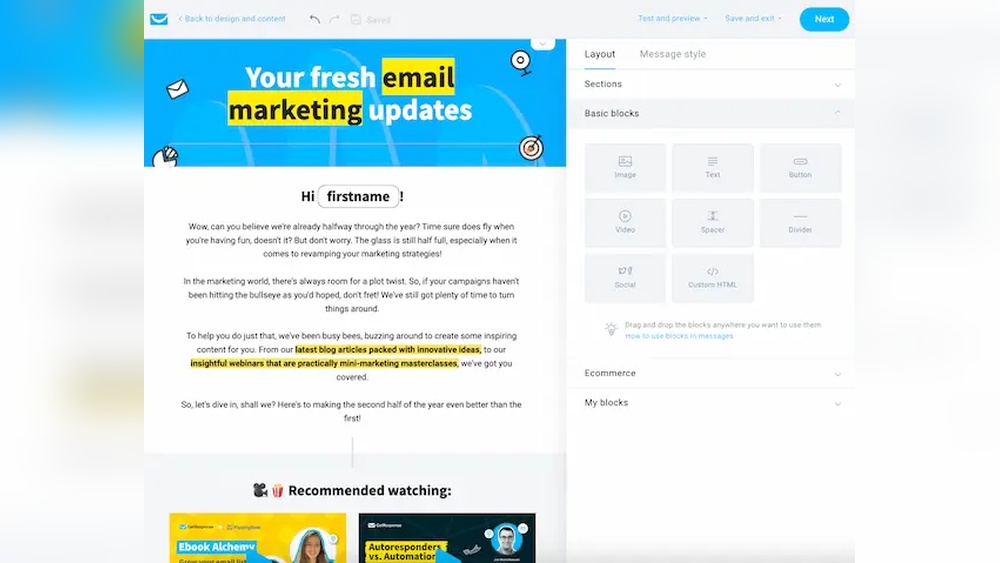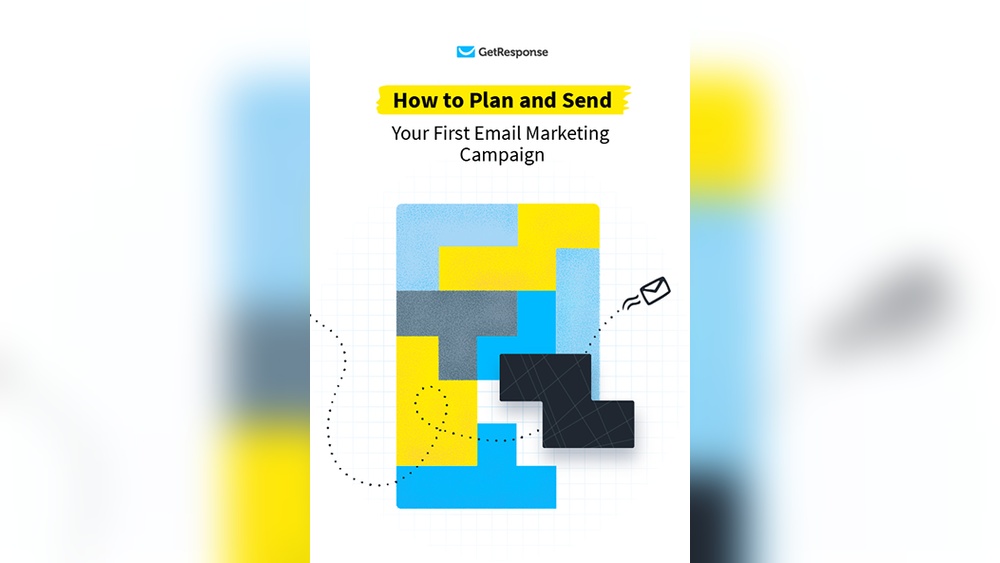Have you ever stumbled upon a webpage that instantly captures your attention and makes you want to take action? That’s the magic of a landing page.
It’s designed to guide you, the visitor, towards a specific goal, whether it’s signing up for a newsletter, downloading an ebook, or making a purchase. But what exactly is a landing page, and how can you create one that truly resonates with your audience?
We’ll explore a landing page example that will help you understand its components and the psychology behind its design. Stick around to discover how you can leverage these insights to enhance your own digital strategy, turning casual visitors into devoted customers.
Definition Of A Landing Page
A landing page is a simple webpage. It grabs visitors’ attention quickly. People arrive here from ads or links. Its main job is to get visitors to act. This could mean signing up for a newsletter. Or maybe buying a product. Landing pages focus on one goal. They often have fewer links than other pages. This helps visitors stay focused. The design is clean and clear. It uses big, bold words. Bright colors catch the eye. Images make it interesting. Each element has a purpose. It guides the visitor to take action.
Purpose Of Landing Pages
Landing pages help you capture visitor attention. These pages focus on one goal. The goal is often to gather user information. This can be through forms or sign-ups. They are different from other web pages. They have less distraction. They guide visitors to take specific actions. This could be buying a product. Or signing up for a newsletter.
Landing pages often contain a call to action. This tells users what to do next. Click a button or fill out a form. This is how businesses connect with visitors. It’s a simple and effective approach. Businesses get to know their audience better. The information collected helps improve services.
Key Elements
Compelling Headline: A good headline grabs attention quickly. It tells visitors the page’s purpose. Clear and catchy words work best. Make it short but powerful.
Engaging Visuals: Pictures make a page more interesting. Use bright and clear images. They should match the topic. This helps visitors stay longer.
Clear Call to Action: Tell visitors what to do next. Use simple words. Make it easy to see. Buttons are often used for this. They should stand out.
Trust Signals: People like to feel safe. Show customer reviews or badges. This makes visitors trust the page more. It tells them the site is reliable.

Credit: www.convertflow.com
Types Of Landing Pages
Lead generation pages collect visitor information. They ask for details like email or phone number. These pages often offer something in return. A free e-book or discount, for example. This exchange builds a list of potential customers. Businesses use this list for marketing. It is a simple, effective way to connect.
Click-through pages prepare visitors for more action. They provide basic information about a product or service. There is usually a big button to click. This button takes visitors to another page. Often, it leads to a shopping cart or sign-up form. These pages help people make decisions quickly.
Sales pages aim to sell a product directly. They include detailed information. Features, benefits, and prices are clearly shown. These pages often have persuasive text and images. The goal is to convince visitors to buy. Simple and direct language helps in making a purchase.
Squeeze pages aim to get email addresses. They are very short. Usually, they have a strong headline and one call to action. A squeeze page might offer a freebie. Something like a short guide or checklist. This method is quick. It helps grow the email list fast.
Creating An Effective Landing Page
Design is key for an effective landing page. Simple layouts work best. Clear headlines grab attention. Use contrasting colors to highlight important sections. Visual cues guide users. Images should relate to the content. Ensure fast loading times. Keep the design mobile-friendly. Use consistent fonts throughout.
Conversion rates matter. Clear calls-to-action increase engagement. Limit form fields to essential ones. Trust signals like reviews boost confidence. Offer value propositions clearly. User-friendly navigation helps users stay. Personalized content captures interest. Track user behavior to improve results.
A/B testing improves landing page performance. Test different headlines. Try varied images. Experiment with button colors. Check layouts for engagement. Measure conversion rates carefully. Analyze user feedback. Implement changes based on results. Continuous testing leads to better outcomes.

Credit: instapage.com
Real-world Examples
Many companies create strong landing pages. These pages help them reach their goals. One good example is Airbnb. They use simple designs. The words are clear and easy to read. This makes people want to join and book rooms. Their call-to-action buttons stand out. This helps users make quick decisions.
Another example is Dropbox. They use a short video to explain their service. This helps users understand quickly. Their page is not cluttered. It is clean and to the point. Users find it easy to sign up. These elements make their campaigns successful.
Some landing pages have too much text. This can confuse users. Others hide the important buttons. This makes users leave the page. Using too many colors can also be bad. It can make the page look messy. Keep designs simple and clean. This helps users focus on what matters.
Tools And Resources
Building a landing page can be easy. Many tools help with this. Wix and Squarespace are popular choices. They have templates. These templates are easy to use. WordPress has plugins like Elementor. These plugins make page creation fun. Unbounce is another tool. It helps with A/B testing. All these tools have drag-and-drop features. No coding needed. Anyone can create a page with them.
After creating a page, tracking is important. Google Analytics is a great tool for this. It shows how visitors use your page. Hotjar gives heatmaps. These maps show where people click. Crazy Egg is similar to Hotjar. It also tracks scrolling. Knowing these actions helps improve your page.
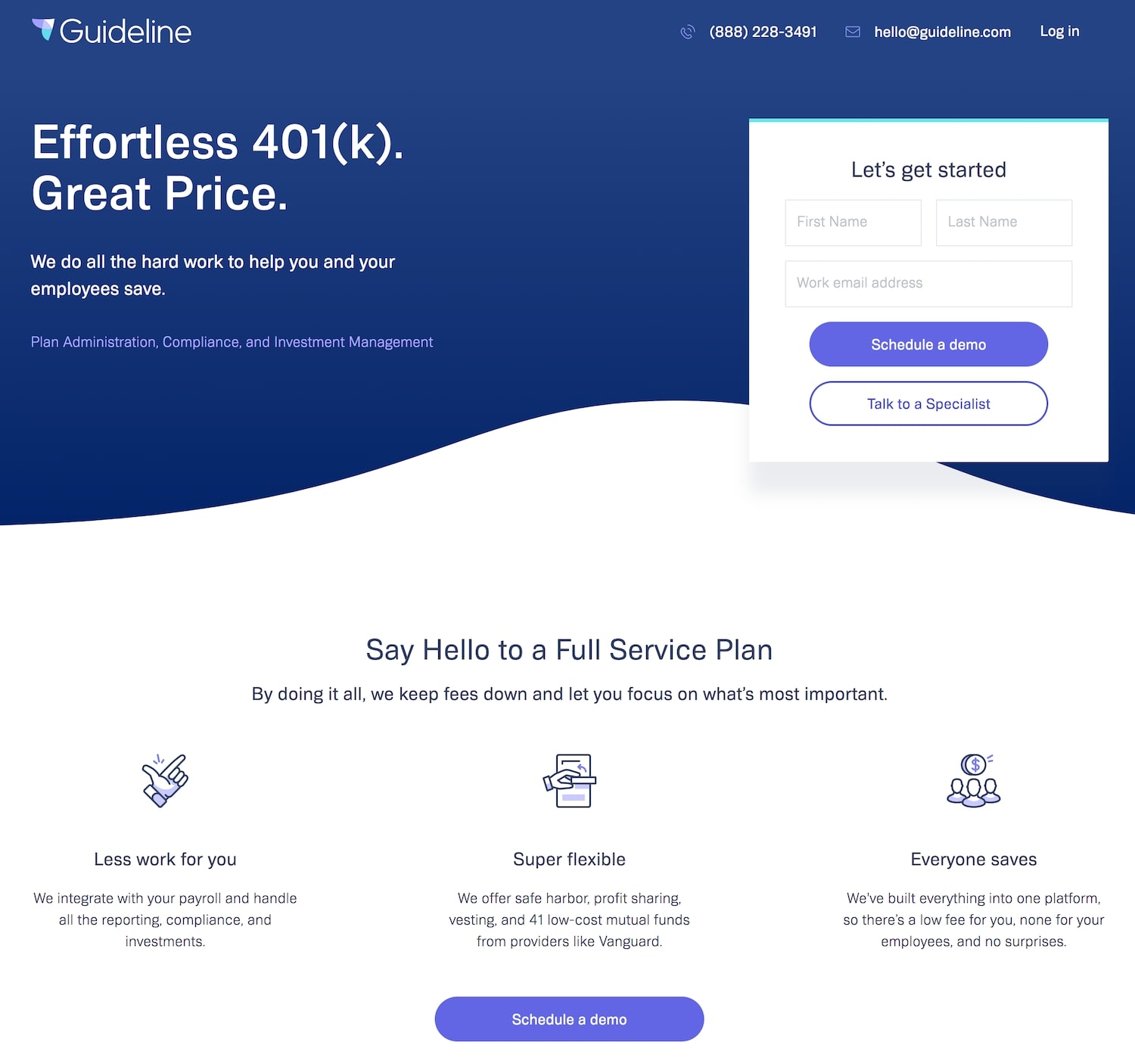
Credit: instapage.com
Frequently Asked Questions
What Is A Landing Page In A Website Example?
A landing page is a standalone web page designed to capture leads or prompt specific actions, such as signing up. It often includes concise information, compelling visuals, and a call-to-action. For example, a product launch page offering discounts for newsletter subscriptions is a typical landing page example.
What Is The Main Purpose Of A Landing Page?
A landing page’s main purpose is to convert visitors into leads or customers. It focuses on specific offers or actions, minimizes distractions, and encourages user engagement, maximizing conversion rates effectively.
What’s The Difference Between A Website And A Landing Page?
A website offers multiple pages with diverse content and navigation. A landing page is a single page focusing on specific actions, usually for marketing campaigns, designed to convert visitors into leads or customers. Websites are broader in scope, while landing pages aim for specific goals.
How Do I Create A Landing Page?
To create a landing page, choose a website builder and select a template. Customize design and content, focusing on a clear call-to-action. Optimize for mobile devices. Integrate tracking tools like Google Analytics. Publish and promote the page through relevant channels.
Conclusion
Landing pages are important for online success. They guide visitors toward actions. Examples help you create effective pages. Focus on clear design and strong calls to action. Keep messages simple. Test different elements to see what works best. Successful landing pages capture attention quickly.
They engage users and meet goals. Use the insights from examples to improve your own pages. Remember, a well-crafted landing page can boost conversions. It turns visitors into customers. Now, you’re ready to create a landing page that works. Start small, learn, and grow your skills.

